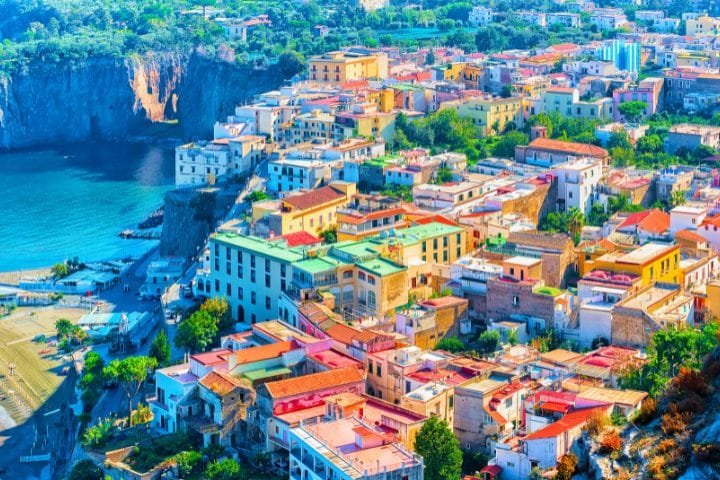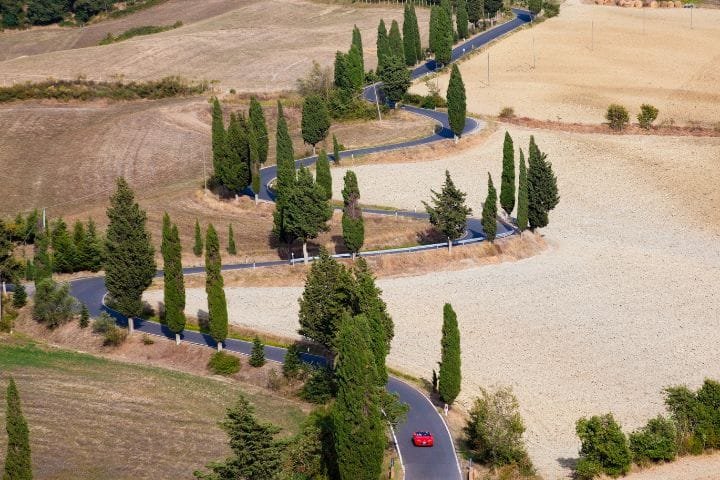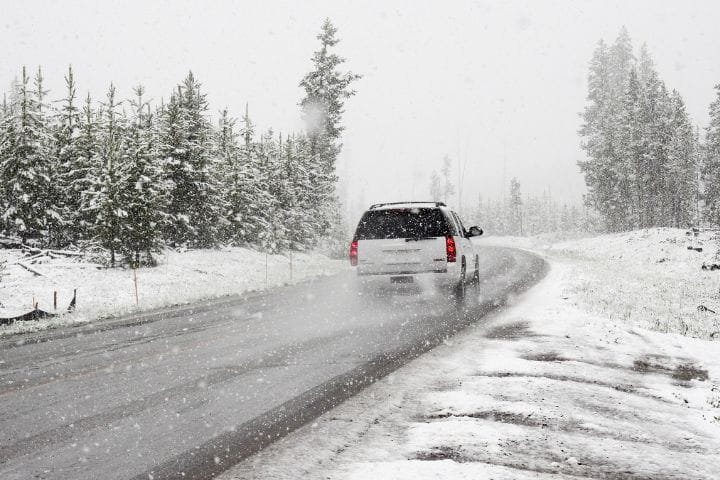How to Rent a Car in Italy Stress-Free: Tips for First-Time Visitors in 2025

by Luca | Last Updated December 17, 2025

Thinking about renting a car in Italy but feeling overwhelmed by all the conflicting advice online? You’re not alone! Every year, millions of tourists navigate Italy’s rental car system, and while it can seem intimidating at first, it’s actually pretty straightforward once you know the insider tricks.
The freedom of having your own wheels in Italy is absolutely incredible – imagine cruising through Tuscan vineyards, exploring hidden coastal villages along the Amalfi Coast, or discovering mountain towns that buses simply can’t reach!
So, let me be completely honest with you – as someone who has lived in Italy his entire life and has helped countless friends and family navigate our rental car system, I totally understand why tourists find it intimidating. Between the paperwork, the insurance options, and those horror stories about ZTL fines, it can seem like a minefield.
But here’s the thing – once you know how the system actually works (not just what the internet says), renting a car in Italy is pretty straightforward. I’ve watched my American friend go from terrified tourist to confident Italian road tripper in just one visit. Trust me, if she can figure it out, anyone can!
Whether you’re planning an epic road trip through multiple regions or just want the flexibility to explore at your own pace, renting a car opens up an entirely different side of Italy.
Let’s break down everything you need to know on how to rent a car in Italy like a pro – no stress, no surprises, just pure Italian adventure!

🚦 Renting a Car in Italy Without the Headaches
Most rental problems in Italy come from misunderstanding rules, insurance, and pickup procedures.
- Start with the full rental landscape for foreigners → Best Car Rental Companies in Italy for Foreigners
- Understand the broader legal and driving framework → The Ultimate Guide to Driving in Italy
Requirements for Renting a Car in Italy: Documents You’ll Need
Let’s start with the basics because this is where most people mess up. You absolutely need an International Driving Permit (IDP) along with your home country license. I can’t tell you how many times I’ve seen tourists get turned away at rental counters because they thought their regular license was enough.
Here’s what happened to my cousin from Chicago – he showed up at Fiumicino Airport with just his Illinois license, confident he’d be fine. Nope! Had to spend his first day in Rome at the American consulate trying to sort it out instead of picking up his rental car. Don’t be that guy.
The IDP needs to be obtained before you travel – you can’t get one here in Italy. It costs about $20 from AAA in the US and takes a few weeks to process, so plan ahead. You’ll also need your passport (not just a copy) and a credit card in the main driver’s name. Most companies won’t accept debit cards, and they definitely won’t accept someone else’s credit card.
Age requirements are pretty standard – usually 21 minimum, but some companies charge extra fees until you’re 25. If you’re under 25, budget for an additional €15-25 per day in “young driver” surcharges. Yeah, it’s annoying, but that’s just how it works here.
📄 What Rental Companies Will Ask For
Missing documents are the #1 reason rentals are refused.
- Learn when an international driving permit is required → International Driving Permit Italy: Requirements & Rules
- Understand Italy’s legal driving requirements → Driving in Italy: Laws, Rules & Documents
Plan Your Trip with Our Favorite Booking Tools
Best Car Rental Companies in Italy: Where to Book
After years of experience (and some painful lessons), I’ve got pretty strong opinions about which companies to use. The big international names – Hertz, Avis, Europcar – are generally reliable and have English-speaking staff at major locations. Their cars are well-maintained, and if something goes wrong, they have the infrastructure to help you quickly.
Don’t overlook Italian companies like Maggiore or Sicily by Car. They often have better prices and sometimes more flexible policies. Plus, dealing with locals who understand the quirks of Italian driving can be really helpful.
My neighbor runs a small car rental business in Tuscany, and he saves tourists from major headaches by explaining things like ZTL zones that the big companies often overlook.
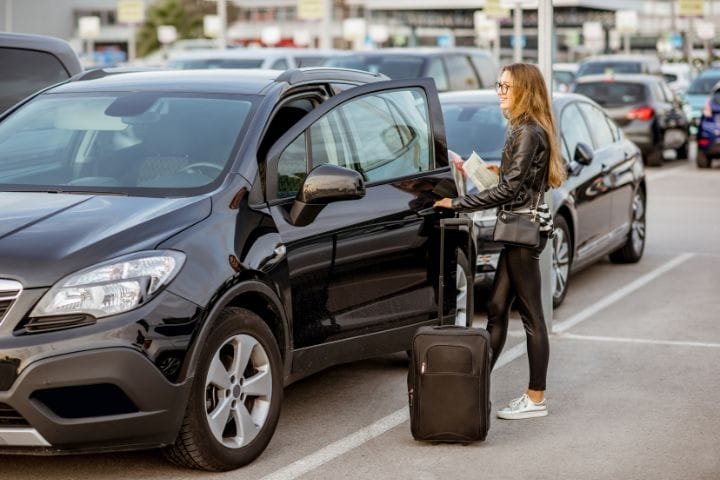
Airport pickup is usually your best bet, especially at major airports like Rome Fiumicino or Milan Malpensa. The facilities are modern, there’s usually someone who speaks English, and you can hit the road immediately.
City center locations can be tricky – narrow streets, limited parking, and sometimes they’re located inside ZTL zones, which means you could get fined just picking up your car!
Pro Tip : I personally recommend using comparison sites like DiscoverCars. It’s a trusted platform that compares rental companies across Italy, showing you prices, car types, and rental conditions all in one place.
Whether you’re picking up your car in Rome, Milan, or a smaller town, DiscoverCars makes it simple to book in advance and avoid overpaying at the counter. I’ve used them for several Italian road trips and always appreciated how clear the terms are — no hidden surprises.
🏢 Choosing the Right Rental Company
International vs local brands — each has pros and cons.
- Full comparison of trusted rental companies → Best Car Rental Companies in Italy for Foreigners
- Decide which transmission works best for you → Manual vs Automatic in Italy: What to Choose
Essential Insurance Coverage: Protecting Yourself on Italian Roads
This is where things get interesting, and honestly, where most tourists get taken advantage of. The basic insurance that comes with your rental usually has a pretty high deductible, typically ranging from €1,000 to € 1,500. That means if you scratch the car (which is easier to do than you think on our narrow streets), you’re on the hook for a big chunk of change.
Here’s what I learned the hard way: always get the Super CDW (Collision Damage Waiver) that reduces your deductible to zero or close to it. Yes, it adds €15-25 per day to your rental, but it’s absolutely worth the peace of mind. I watched my friend from Germany stress for her entire vacation after getting a tiny scratch on her rental car, knowing it would cost her €800.
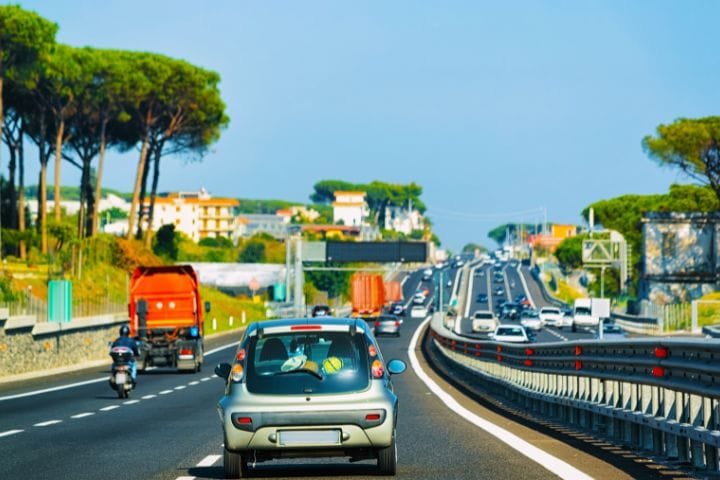
Check if your credit card offers rental car insurance – many premium cards do, especially in Europe. But read the fine print carefully. Some don’t cover Italy, others don’t cover certain types of damage, and most require you to decline the rental company’s insurance entirely, which can be risky.
Third-party liability insurance is mandatory in Italy and should be included in every rental. This covers damage you might cause to other vehicles or property. Don’t skimp on this – Italian repair costs can be astronomical, especially for luxury cars, which are surprisingly common here.
🛡️ Avoiding Costly Insurance Mistakes
Insurance confusion is where tourists lose the most money.
- Understand mandatory vs optional coverage → Car Insurance Requirements in Italy for Tourists
- Learn how insurance applies during accidents or breakdowns → Driving in Italy: Safety & Emergency Rules
Choosing the Right Vehicle: Size, Type, and Features
Okay, this is where my local knowledge really comes in handy. Forget whatever you drive at home – Italian roads are different, and size absolutely matters. I always recommend compact or economy cars for first-time visitors. Our medieval city centers weren’t designed for SUVs, and you’ll thank me when you’re navigating the narrow streets of Siena or trying to park in Florence.
Manual transmission is still the norm here, and automatics cost significantly more – often €10-15 extra per day. If you can’t drive stick, budget for it, but honestly, consider learning before you come. The gear shifters here are usually pretty easy, and you’ll have way more vehicle options.
GPS is essential unless you really know the area well. Most rental companies charge €8-12 per day for GPS units, but honestly, just use your smartphone with offline maps downloaded. Google Maps works great in Italy, and you’ll save money. Just bring a good car phone mount and a charging cable.
Air conditioning is non-negotiable if you’re visiting between May and September. Trust me on this one – I’ve done the sweaty local tourist thing before AC was standard, and it’s miserable. Most modern rentals have AC, but double-check, especially with budget companies.

🚙 Picking a Car That Fits Italy
Italian roads reward smaller, smarter vehicles.
- Match your car to your route and driving style → Best Car for an Italy Road Trip
- Seasonal considerations (snow vs heat)
→ Winter Driving in Italy
→ Driving in Italy During Summer Heatwaves
Pickup and Return Process: What to Expect
The pickup process can take 30-45 minutes, so don’t schedule anything tight immediately afterward. They’ll check all your documents, go through the insurance options (again), and do a detailed inspection of the vehicle. This inspection is crucial – take photos of every scratch, dent, or mark you see, no matter how tiny.
I can’t stress this enough: walk around the entire car with the rental agent and point out any existing damage. Don’t be embarrassed about being thorough – I’ve seen tourists charged hundreds of euros for damage that was already there. Use your phone to take timestamped photos from multiple angles.
The fuel policy is usually “full to full,” meaning you get the car with a full tank and need to return it full. This is actually the fairest option, but it means your last stop before returning should be a gas station. There are usually stations near all major airports and rental locations.
After-hours returns are common, especially for early flights. Most locations have secure drop-off areas where you leave the keys in a lockbox. Just make sure you understand the procedure and take photos of the car’s condition when you drop it off – you won’t have an agent to witness the return condition.

🔑 What Happens at the Rental Desk
Inspections, deposits, fuel policies, and common traps.
- Understand toll roads, cameras, and post-trip charges → Italy Toll Roads & Telepass Explained
- Avoid city center issues during pickup or return → Italy ZTL Zones Driving Guide
Understanding Italian Rental Costs: Avoiding Hidden Fees
Here’s where things can get expensive fast if you’re not careful. The base rate you see online is just the starting point. By the time you add insurance, GPS, additional drivers, and other fees, your €25/day rental can easily become €60/day.
Additional driver fees are usually €5-8 per day per person. If your spouse or travel partner might drive, add them to the contract. Driving without being listed can void your insurance entirely. Young driver surcharges apply until age 25 and can add €15-25 per day – there’s no way around this one.
Equipment rentals add up quickly. Child seats are about €8-12 per day, GPS units are €8-12 per day, and winter equipment (required in some mountain areas) can be €15-20 per day. If you’re traveling with kids, consider bringing your own car seat if possible.
Cross-border travel often requires special permission and additional insurance. If you’re planning to drive from Italy into France, Switzerland, or Austria, mention this when booking. Some companies prohibit it entirely, others charge extra fees, and you’ll definitely need additional insurance coverage.
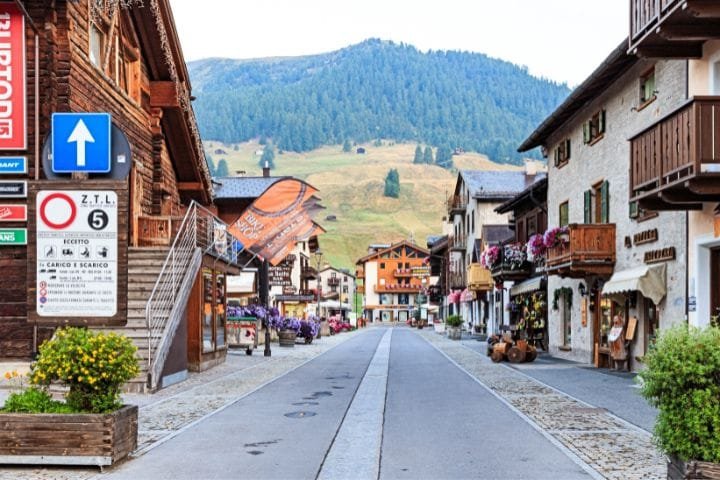
💸 Where Extra Charges Come From
Fuel policies, fines, scratches, and admin fees.
- Learn how fuel pricing and stations work → Fuel Prices and Gas Stations in Italy
- Avoid fines caused by traffic rules and signage → Italian Road Signs Explained
Plan Your Trip with Our Favorite Booking Tools
Making Your Italian Rental Experience Smooth
Look, I’ve been through this process more times than I can count, both for myself and helping visitors. The key is being prepared, asking questions, and not letting the rental agents rush you through the process. Take your time during pickup, understand what you’re paying for, and don’t be afraid to decline add-ons you don’t need.
My biggest piece of advice? Download a good translation app and learn a few key Italian phrases related to cars and driving. Even at major locations, not everyone speaks perfect English, and showing effort to communicate in Italian goes a long way toward getting helpful service.
Also, keep the rental company’s emergency number in your phone. If something goes wrong – and occasionally things do – you want to be able to call for help immediately. Most companies have 24-hour assistance, and they’d rather help you than deal with a bigger problem later.
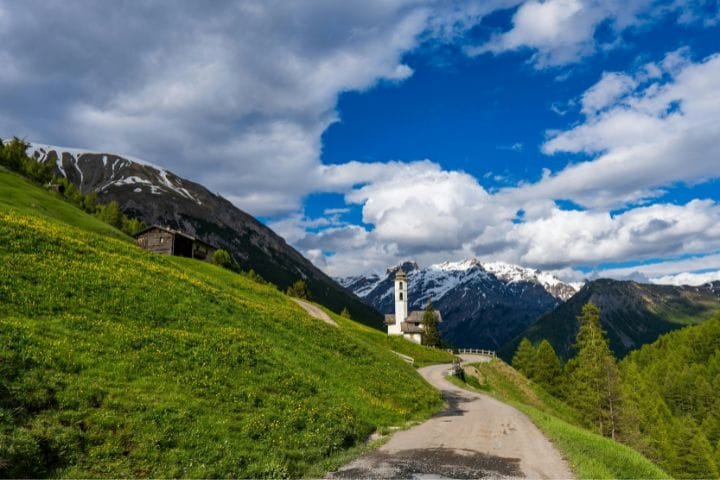
The freedom of having a car in Italy is absolutely incredible. You can explore hill towns that tour buses can’t reach, stop at family vineyards that aren’t in guidebooks, and experience the real Italy at your own pace. Yes, there’s paperwork and procedures to deal with, but once you’re on the road, cruising through Tuscany countryside or along the Amalfi Coast with your favorite music playing, you’ll understand why so many people fall in love with Italian road trips.
Be prepared, be patient, and get ready for the adventure of a lifetime. Buon viaggio!
🧠 Final Stress-Free Rental Checklist
Preparation turns renting into a non-issue.
- Keep the master driving guide handy → The Ultimate Guide to Driving in Italy
- Use navigation tools that reduce mistakes → Best Navigation Apps for Italy Road Trips
Essential FAQs: How to Rent a Car in Italy
Do I need an International Driving Permit to rent a car in Italy?
Absolutely yes! You need both your valid home country driver’s license AND an International Driving Permit (IDP) to rent a car in Italy. I’ve personally watched countless tourists get turned away at rental counters because they thought their regular license was enough.
The IDP must be obtained before you travel (you can’t get one in Italy) and costs about $20 from AAA in the US. It takes 2-3 weeks to process, so plan ahead. Both documents are required by law, and rental companies will absolutely refuse service without them.
Which car rental companies are best in Italy?
The major international companies like Hertz, Avis, and Europcar are reliable choices with English-speaking staff and good support networks. However, don’t overlook Italian companies like Maggiore or Sicily by Car – they often have better prices and more local knowledge about things like ZTL zones.
What insurance do I really need for driving in Italy?
Get the Super CDW (Collision Damage Waiver) that reduces your deductible to zero – it’s worth every euro of the €15-25 daily cost. The basic insurance has deductibles of €1,000-1,500, which means you’re liable for substantial costs even for minor scratches (common on narrow Italian streets).
Check if your credit card offers rental insurance, but read the fine print carefully – some don’t cover Italy or require you to decline all rental company insurance, which can be risky.
Third-party liability insurance is mandatory and should be included. I’ve seen too many tourists stress their entire vacation over potential damage costs because they skipped proper coverage.
What size car should I rent for driving in Italy?
Stick with compact or economy cars, especially if you’re visiting historic city centers. Italian medieval streets weren’t designed for large vehicles, and you’ll struggle with parking and navigation in places like Siena or Florence’s old towns.
Manual transmission is standard and much cheaper – automatics cost €10-15 extra per day and have limited availability. If you can’t drive a manual, budget for the extra cost.
How much does it really cost to rent a car in Italy, including all fees?
While you might see base rates of €25-35 per day online, expect to pay €50-80 per day once you add essential coverage and fees. Super CDW insurance adds €15-25/day, additional drivers cost €5-8/day each, GPS rental is €8-12/day (though I recommend using your smartphone instead), and young drivers under 25 pay surcharges of €15-25/day.
Child seats run €8-12/day. Cross-border travel requires special permission and extra insurance. The “full-to-full” fuel policy is standard and fairest.
Budget for these extras upfront – the sticker shock at pickup can be significant if you’re not prepared for the real total cost.
💬 We’d love to hear from you!
Have questions, tips, or personal travel stories to share? Drop them in the comments below — your insights help fellow travelers plan their adventures too.


